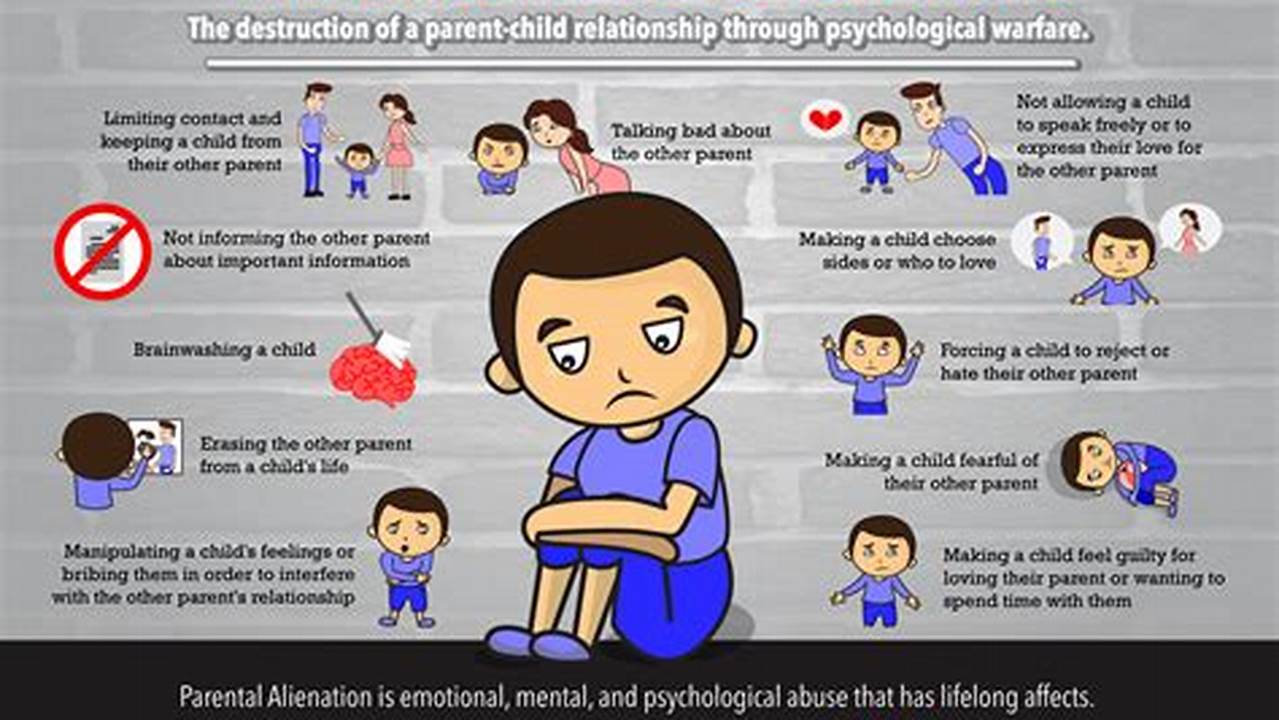Navigating the complexities of estrangement between a child and a parent requires careful consideration and effective strategies. This guide offers a structured approach to addressing such challenges, focusing on fostering healthy family relationships and supporting the child’s well-being. It emphasizes understanding the dynamics involved and implementing practical solutions for reunification and healing.
Understanding the Dynamics
Recognizing the underlying causes of estrangement is crucial for effective intervention. These causes can range from high-conflict divorce and separation to manipulation and misinformation.
Focusing on the Child’s Well-being
Prioritizing the child’s emotional and psychological needs is paramount throughout the process. Creating a safe and supportive environment allows the child to express their feelings openly.
Facilitating Communication
Encouraging open and honest communication between the estranged parent and the child is essential for rebuilding the relationship. This may involve supervised visits or therapeutic interventions.
Professional Guidance
Seeking professional help from therapists or counselors specializing in family dynamics can provide valuable support and guidance.
Neutral Ground
Creating neutral and safe spaces for interaction can reduce tension and facilitate positive communication between the child and the estranged parent.
Age-Appropriate Strategies
Tailoring interventions to the child’s age and developmental stage ensures their understanding and cooperation.
Co-parenting Strategies
Developing effective co-parenting strategies, even in high-conflict situations, can minimize the child’s exposure to negativity and promote healthy relationships.
Documentation and Legal Considerations
Maintaining accurate records of interactions and seeking legal advice when necessary can protect the rights and interests of all parties involved.
Long-Term Support
Providing ongoing support and resources for both the child and the estranged parent is essential for sustained positive change and healthy family relationships.
Tips for Rebuilding Relationships
Tip 1: Patience and Persistence: Rebuilding trust and connection takes time and consistent effort. Avoid pressuring the child and focus on creating positive experiences.
Tip 2: Active Listening: Listen attentively to the child’s concerns and validate their feelings without judgment. This helps build rapport and fosters understanding.
Tip 3: Focus on Shared Activities: Engaging in enjoyable activities together can create positive memories and strengthen the bond between the child and the estranged parent.
Tip 4: Seek Support: Don’t hesitate to reach out to support groups or therapists for guidance and encouragement throughout the process.
Frequently Asked Questions
What are the common signs of estrangement?
Common signs include the child expressing strong negative feelings towards one parent, refusing contact, and aligning with the other parent in conflicts.
How long does the reunification process typically take?
The duration varies depending on the specific circumstances, but it’s important to be prepared for a long-term commitment.
What if the child resists contact with the estranged parent?
Professional guidance is crucial in such cases. Therapists can help identify the underlying reasons for resistance and develop appropriate strategies.
How can I manage my own emotions during this challenging process?
Seeking support for yourself is essential. Support groups, therapy, and self-care practices can help you navigate the emotional complexities and maintain your well-being.
Is reunification always possible?
While reunification is the ideal outcome, it’s not always achievable. The focus should always be on the child’s best interests and emotional well-being.
What role do legal proceedings play in parental alienation cases?
Legal avenues can sometimes be necessary to ensure the child’s right to a relationship with both parents. Consulting with a family law attorney is recommended.
Addressing parental alienation requires a comprehensive approach that prioritizes the child’s well-being and focuses on rebuilding healthy family relationships. Utilizing the strategies and resources outlined in this guide can pave the way for healing and reunification.


